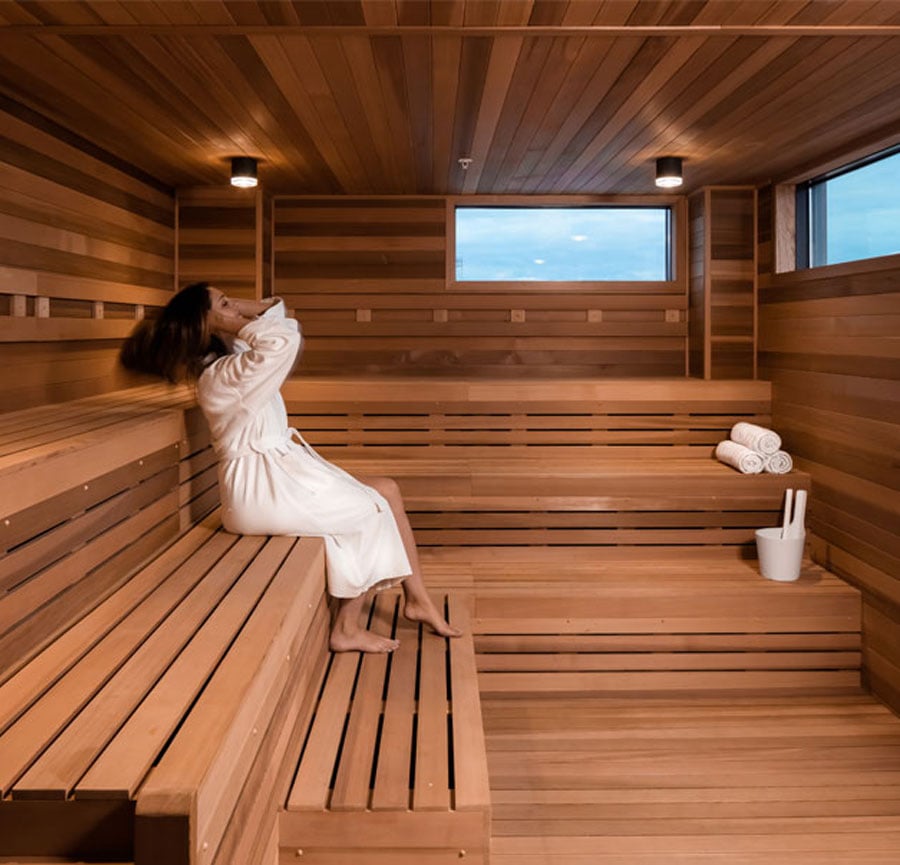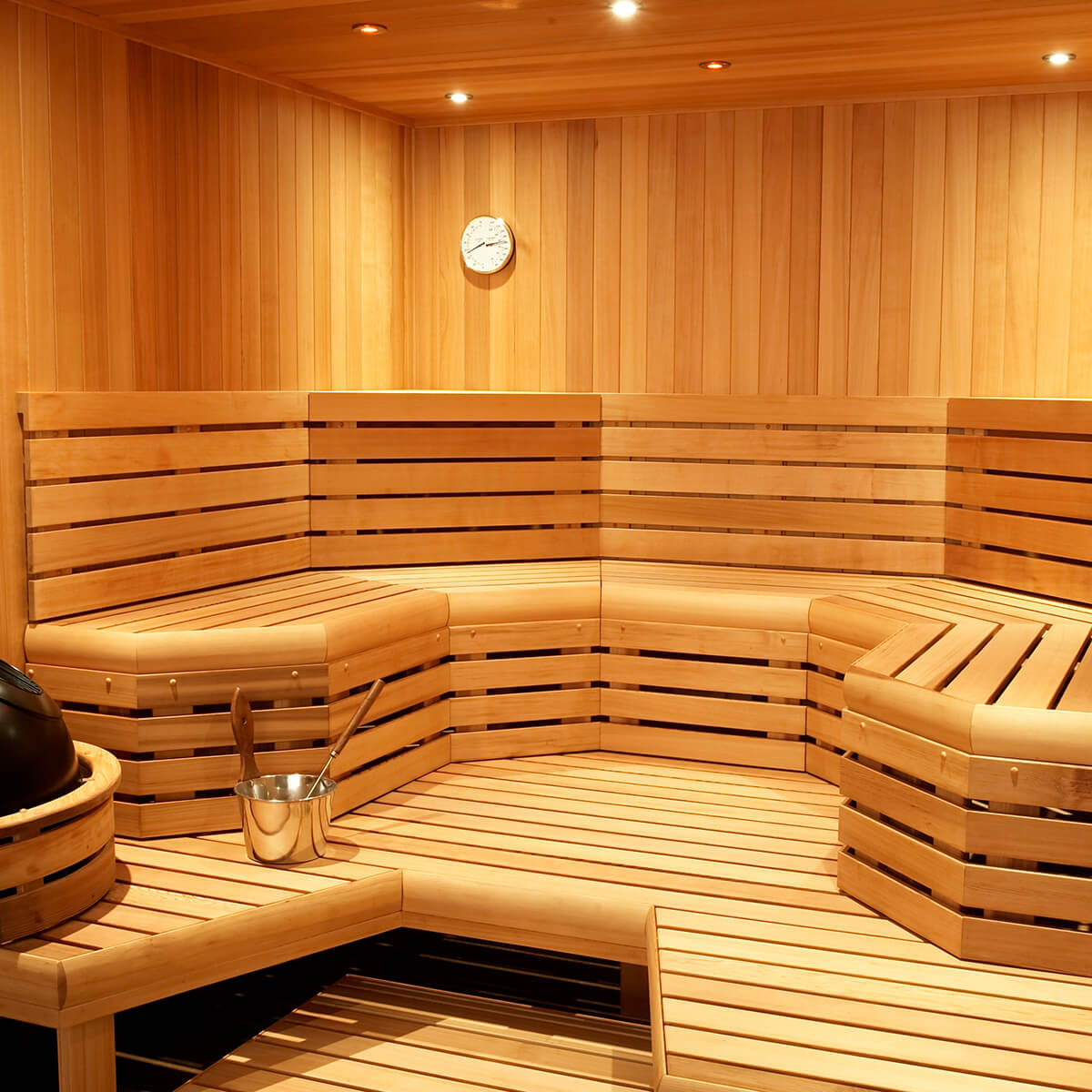Our Traditional Sauna Diaries
Table of ContentsLittle Known Questions About Traditional Sauna.The Traditional Sauna StatementsThe Best Strategy To Use For Traditional SaunaThe Ultimate Guide To Traditional SaunaTraditional Sauna Can Be Fun For Everyone
A lot of the weight shed in a sauna is water loss and is re-gained upon rehydrating. However, without a question sauna can be a vital part of a healthy and balanced weight reduction program. To consider the distinctions between standard and IR saunas, I will certainly separate these right into proven, theoretical, and produced distinctions.Thus, the hottest factor in the saunawhich is at the ceiling directly above the sauna heateris generally in between 185 and 190 F. Claims that a standard sauna surpasses 200 F is merely not real and not suitable for electric saunas sold in the United States. The temperature for a far-infrared sauna is usually set between 120 and 140 F; nonetheless, unlike the standard sauna, the objective in and IR room is not to attain a high temperature level.
As a result of this, the temperature level difference is nearly unimportant, considering that profuse sweating results in both sauna types, yet the approach of heating up the body is different. In an IR sauna the bather will really feel warm and will sweat a lot, yet at a lot lower temperature levels (Traditional Sauna). Thus, if the objective is to invest longer time periods in the sauna, the IR sauna is an excellent selection
When a traditional sauna has been correctly heated, the sauna wall surfaces are cozy, the air temperature level has accomplished set temperature level and the rocks are extremely warmed. As an interesting side note, the warmed wall surfaces and the rocks are giving off far-infrared warm, incorporated with the warmed air, to develop an "covering warmth".
The Ultimate Guide To Traditional Sauna

When the heat is attained, the elements cycle on and off to maintain the high temperature. A lot of standard sauna users enjoy putting water over the rocks to develop vapor to raise sauna moisture degrees. The advantages of putting water over the rocks consist of: making the area more comfortable, moistening the nasal passages, and enabling the usage of aromatherapy by mixing essential oils with the water.

When the power goes into the body, it creates the body temperature level to enhance and ultimately leads to perspiration. In an infrared sauna it is essential for the emitters/heaters to stay on virtually regularly. Given that there is no mass of rocks to retain warm, the sauna will certainly cool if the emitters shut down.
As stated above, the sauna bather in an infrared space intends to position himself before running emitters to obtain optimal advantage from the warm. The home heating time for both rooms can be very different, depending on how the spaces are used. For a typical sauna, a bather needs to permit 30-40 minutes for the space to attain a desired temperature level and to appropriately pre-heat the rocks.
Not known Details About Traditional Sauna
A well created sauna will usually attain a temperature of visit site 150-160 F in regarding 30-40 mins. For hotter temperature levels, the area may require to heat for a longer period.

Typical saunas tend to be bigger (for this reason use even more power) than infrared saunas, although standard saunas are certainly available in one and 2 individual dimensions. For a two-person typical sauna, 5x6 or 5x7 dimension is most popular. The top bench can comfortably seat two or 3 individuals and is also enough time to rest throughout the sauna more tips here session.
Traditional Sauna Things To Know Before You Get This
The typical expense per kWH of power in the U.S. is roughly $0.11, so a 4.5 kW heating unit will set you back roughly $.50 to compete one hour, if the heater runs continuously for one hour. Typically a sauna heating system will certainly run for 75% of the initial hour and 50% of subsequent hours on considering that the aspects cycle once the established temperature level is achieved.

There is a seldom talked about difference in the social experience between the 2 areas. While our culture has shed some of the social advantage of the traditional sauna experience, it can be very socially fulfilling (Traditional Sauna). From family members time in the sauna, to heart-felt conversations with loved ones, to sauna partiesthe typical sauna experience can lead to intimate mingling
Traditional Sauna for Beginners
Many higher end infrared rooms include tinted light therapy, audio systems and full-glass fronts.